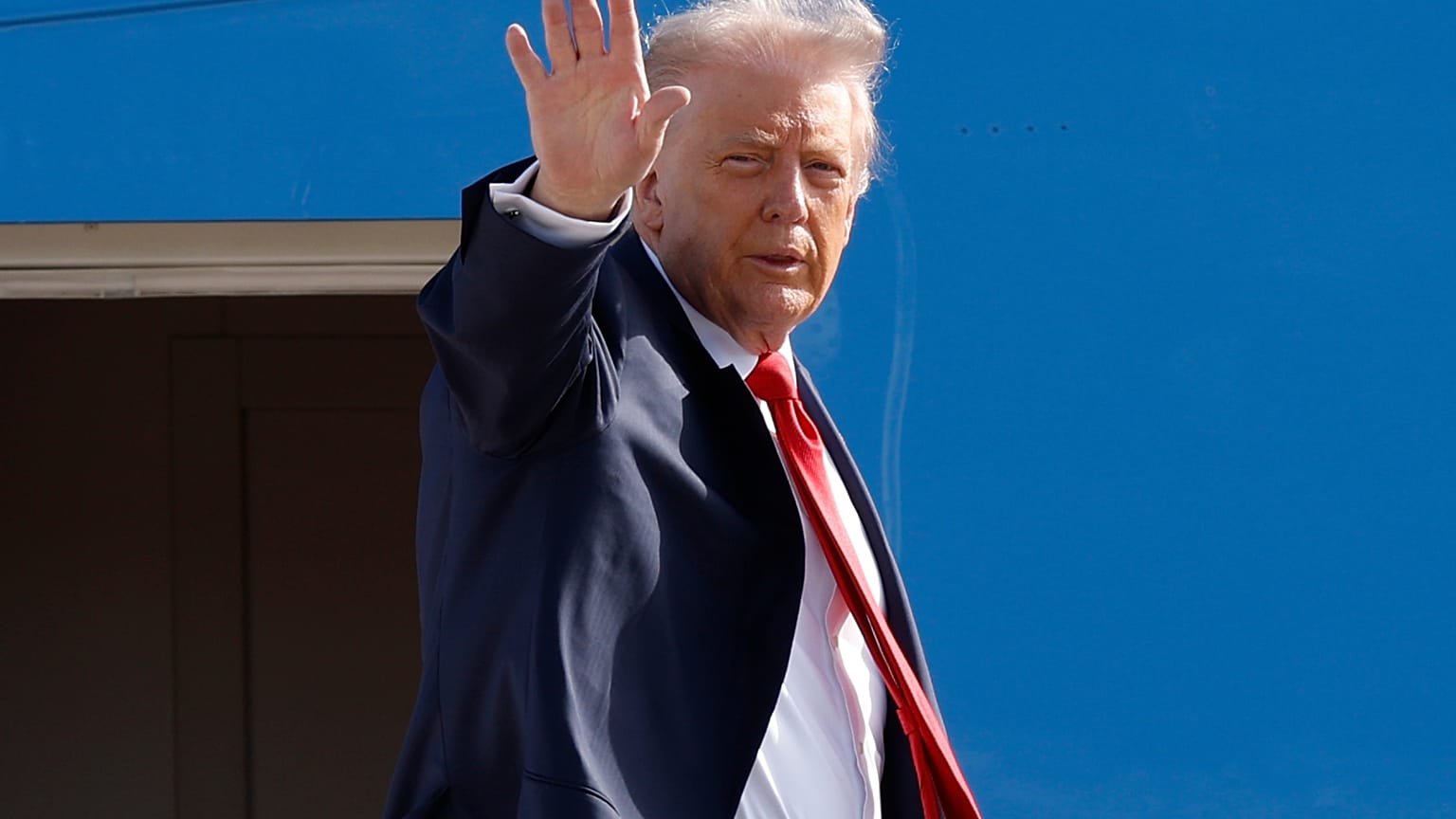With the political climate in the United States becoming progressively more strained, ex-President Donald Trump is once again the focal point of heightened conjecture and tactical planning, carrying both immediate and future ramifications for his political aspirations. Although current focus is on the impending verdict anticipated prior to Tuesday’s elections, Trump’s perspective has already moved past the immediate present — towards the midterm contests of the following year, which have the potential to reshape his standing within the Republican Party and the wider national arena.
Trump’s expectation prior to the judgment
The climate surrounding Trump’s ongoing legal and political circumstances is marked by a sense of expectation and strategic maneuvering. Both supporters and detractors are observing intently as a judgment approaches, which could influence not only his personal standing but also the trajectory of candidates associated with his political faction. Individuals within his close confidantes have characterized this time as a precarious equilibrium between outward resistance and discreet strategizing, with Trump leveraging each event to invigorate his core supporters while discreetly making provisions for future eventualities.
For Trump, the days leading up to Tuesday’s elections serve as a critical test of his continued dominance in conservative politics. A favorable outcome could bolster his claims of political resilience and validate his influence over Republican voter sentiment. On the other hand, a setback—whether legal or electoral—could force a recalibration of strategy, particularly as he considers how to navigate a party that remains deeply divided between staunch loyalists and emerging pragmatic voices.
The verdict’s issuance, occurring alongside pivotal state and local elections, highlights the profound connection between Trump’s personal circumstances and the Republican Party’s electoral outlook. Throughout the nation, Republican hopefuls are closely observing, understanding that any alteration in Trump’s position could either bolster or hinder their campaigns, contingent on their constituents’ political inclinations.
Early focus on next year’s midterm elections
Even with the uncertain resolution of his current legal battles, Trump’s focus is increasingly shifting towards the upcoming midterm elections slated for next year. Individuals connected to his campaign have observed that strategic discussions are already in progress, aimed at pinpointing candidates who closely resonate with his political identity and discourse. This forward-thinking approach underscores Trump’s persistent ambition to mold the trajectory of the Republican Party—not just as a former head of state, but as its foundational ideological figure.
The midterms represent more than just another round of congressional contests; for Trump, they offer a proving ground for his continued relevance. His endorsements, rallies, and fundraising capabilities remain potent tools in shaping the political fortunes of both loyalists and swing candidates. Early indicators suggest that Trump intends to deploy his influence selectively, backing contenders who can carry forward his populist message while avoiding races where his involvement might provoke backlash.
At the same time, the Republican establishment faces a familiar challenge: how to balance Trump’s enduring popularity with the need to broaden the party’s appeal among moderates and independents. Some strategists argue that his presence on the campaign trail could energize turnout in key districts, while others worry that his polarizing image might alienate undecided voters. These tensions are likely to define internal party dynamics as preparations for the midterms accelerate in the months ahead.
A faction split yet interconnected
Donald Trump’s impact persists within the Republican Party, influencing its direction and core principles. Despite a continuous stream of contentious events, few individuals have managed to secure such widespread allegiance among conservative voters. However, deep ideological rifts still exist beneath this apparent unity. Certain Republican figures have attempted to move away from the former president’s aggressive approach, focusing instead on policy-centric initiatives and practical alliances. Conversely, others maintain their support for his confrontational rhetoric, believing it crucial for sustaining the party’s grassroots energy.
This internal split presents both opportunities and risks. Trump’s dominance ensures that his endorsement remains a coveted asset in primary contests, often determining which candidates emerge victorious. However, the general elections that follow frequently expose the limitations of his influence, as swing voters and suburban constituencies remain wary of his rhetoric. Navigating this dynamic will be critical for Republicans seeking to regain congressional control while avoiding the pitfalls of overidentification with the former president.
For Trump himself, staying pertinent demands more than just reminiscing about past triumphs. His staff has been diligently refining communication approaches, emphasizing topics like economic revitalization, border integrity, and cultural heritage—all of which continue to resonate strongly with conservative constituents. Concurrently, their objective is to depict Trump as both a target of political oppression and a staunch advocate for everyday Americans, a dual image that has consistently mobilized his base despite persistent legal challenges.
The wider political implications
The upcoming months will probably indicate if Trump can transform his individual support into enduring political influence. His capacity to influence the results of the midterm elections will act as an indicator of his potential for the subsequent presidential term and as an assessment of whether his populist approach can adapt within a swiftly evolving voter base.
Political commentators indicate that the forthcoming electoral contest will additionally function as a plebiscite on the overarching trajectory of the Republican Party. Should candidates endorsed by Trump achieve significant success, it could solidify his command over the party’s future and deter prospective rivals. Conversely, if Republicans with moderate or independent leanings make headway, it might signify the commencement of a slow divergence from Trump’s influence.
Beyond the party’s internal dynamics, the implications extend to the national political landscape. Democrats are preparing to frame next year’s midterms as a choice between stability and chaos, positioning Trump’s continued involvement as a liability for the opposition. Meanwhile, independent voters—whose support often determines election outcomes—are likely to weigh questions of character, accountability, and governance as they consider whether the Trump era should continue to define American politics.
Looking toward the horizon
For Donald Trump, the next few months present both an obstacle and a chance. The upcoming decision will certainly influence the story of his governance and impact, yet the mid-term elections could ultimately decide if he stays a powerful figure or starts to recede into political history.
Regardless of the outcome, Trump’s ability to capture attention and influence discourse remains unparalleled. His strategic focus on next year’s midterms signals not a retreat but a calculated effort to position himself—and his allies—for another pivotal moment in American politics.
The convergence of legal disputes, campaign tactics, and partisan affiliation guarantees that Trump’s influence on the immediate future will be anything but inactive. While he anticipates the judgment that might redefine his personal path, his concept for the Republican Party—and for his own position—persists in its development, merging aspiration with fortitude within a political landscape characterized by unpredictability.
What emerges from this moment will not only determine the next chapter of Trump’s political journey but also reveal how deeply his influence continues to shape the trajectory of American conservatism in the years to come.





